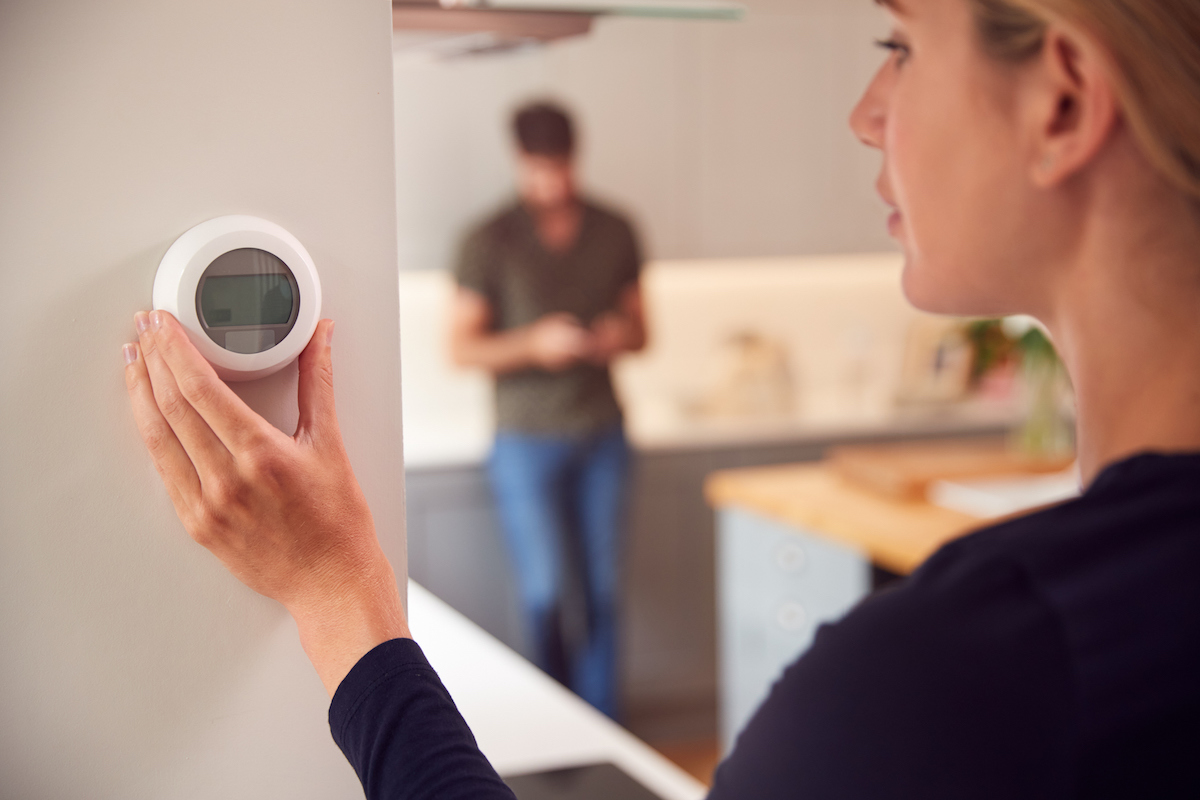Put one man and one woman in one room with one thermostat and what happens?
If the man reaches the thermostat first, he’ll turn down the temperature. If the woman reaches it first, she’ll turn up the temperature.
These are not stereotypes, say Israeli scientists in a new study that monitored 40-year records of bat and bird behavior. It’s evolution.
The year-round indoor climate disagreements — whether summer air-conditioning or winter heating at home or at the office — have demonstrated for decades anecdotally that women often feel colder than men. The scientific bottom line of this peer-reviewed study: Males and females have the best chance of surviving when distanced from each other.
“I always find it fascinating when scientific studies back up behaviors that we have noticed for years,” says Dr. Cara Riddle, a Hartford HealthCare Medical Group primary care physician in Wethersfield and Glastonbury. “I will be able to tell my female patients who always need an extra sweater that that they can blame genetics and evolution. Maybe I can use this information to convince my husband that we should retire in the Caribbean!”
So it’s not just humans. Male bats seek a mountain’s higher altitudes. Female bats gravitate toward the higher temperatures in valleys. Male mice prefer cool. Female mice prefer warmer.
“Our theory,” Dr. Eran Levin of Tel Aviv University’s School of Zoology and the study’s lead author, told The Times of Israel, “suggests that these and other species perceive temperature differently guided by natural selection.”
[pullquote]Free webinar: Understanding Acid Reflux. Thursday, Oct. 28, at 5:30 p.m. To register, call 1.855.792.6258 or click here. [/pullquote]
The different comfort levels, he says, keep genders separate outside breeding season, reducing competition and aggression among males for certain females. It also reduces aggression toward females and their offspring.
A female sensitive to cold is better equipped to care for those offspring, which often require regulated temperatures. The warmer females also can warm the young.
Humans returning to the office this fall should know that workplace temperatures were determined in 1966, when the American Society of Heating, Refrigerating and Air-Conditioning Engineers released Standard 55. The document calculated the perfect indoor temperature by using as a baseline a 154-pound man, age 40, wearing a suit. But Standard 55 was 35 percent too high when when estimating the body heat energy radiated by women, according to a 2015 study in the journal Nature Climate Change.
The new comfort level: Men prefer 70 degrees, women closer to 75.
Cubicle-bound ladies and gentlemen, discuss!


